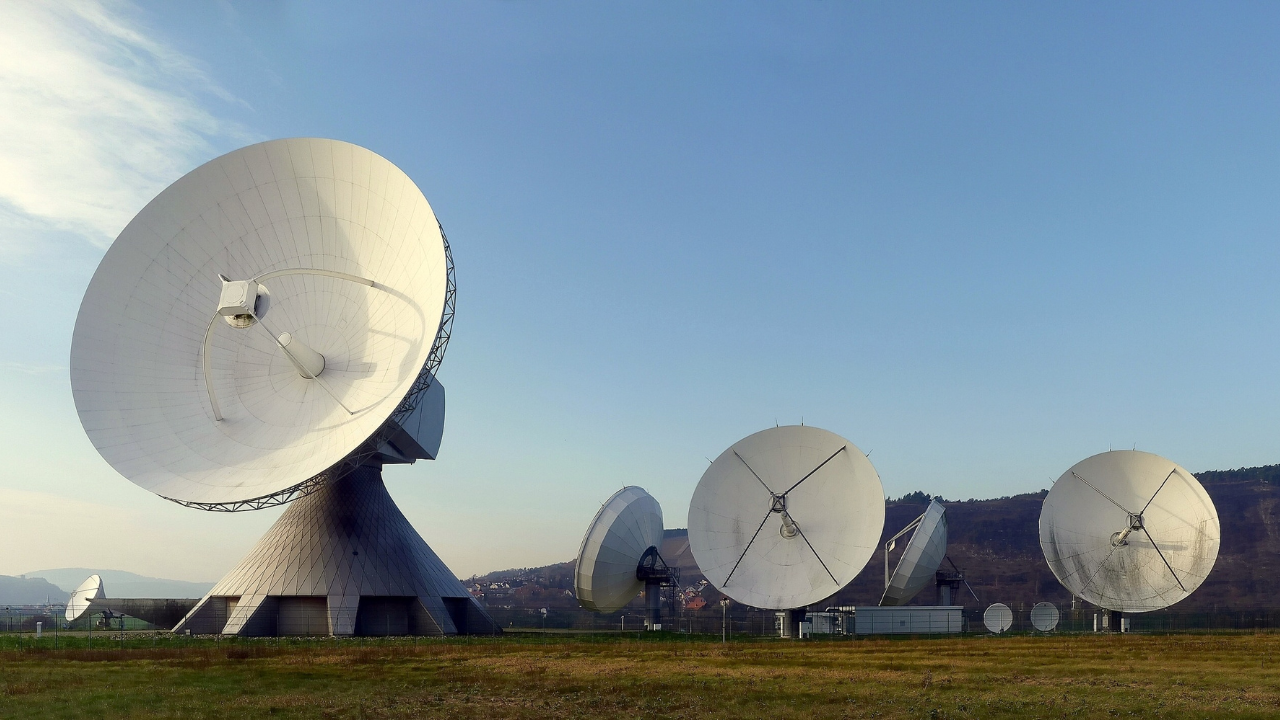Ever wondered how do scientists and engineers communicate with faraway robotic spacecraft exploring our solar system?
When scientists and engineers want to send commands to a spacecraft, they turn to the Deep Space Network, NASA’s international array of giant radio antennas used to communicate with spacecraft at the moon and beyond. Operators at the Deep Space Network take commands, break them into digital bits, precisely aim these big antennas at the spacecraft, and send those commands to the spacecraft using radio waves.
But what are radio waves really?
Well, to start with, you probably already know they’re part of the electromagnetic spectrum, which includes other kinds of waves and light that you’re familiar with. Electromagnetic energy is a type of energy that can travel through space as waves that have different properties depending on the size and spacing of the waves. These waves span a broad spectrum, from very long radio waves to very short gamma rays. The human eye can detect only a small portion of this spectrum, which is why it’s called visible light. Radio waves are the longest in the electromagnetic spectrum, and the wavelengths used by the Deep Space Network currently range from about the size of a dime to the size of a dollar bill. Radio waves are all around us. We use them when we listen to music over the radio or send emails from computers using Wi-Fi, or when we talk on cell phones. Computers and cell phones are actually just high tech radios. Radio waves also travel really, really fast. At the speed of light, that’s 186,000 miles per second. But our solar system is also really, really big.
The Deep Space Network
The Deep Space Network – or DSN – is NASA’s international array of giant radio antennas that supports interplanetary spacecraft missions, plus a few that orbit Earth. The DSN also provides radar and radio astronomy observations that improve our understanding of the solar system and the larger universe.
The DSN is operated by NASA’s Jet Propulsion Laboratory (JPL), which also operates many of the agency’s interplanetary robotic space missions.
The DSN consists of three facilities spaced equidistant from each other – approximately 120 degrees apart in longitude – around the world. These sites are at Goldstone, near Barstow, California; near Madrid, Spain; and near Canberra, Australia. The strategic placement of these sites permits constant communication with spacecraft as our planet rotates – before a distant spacecraft sinks below the horizon at one DSN site, another site can pick up the signal and carry on communicating.
